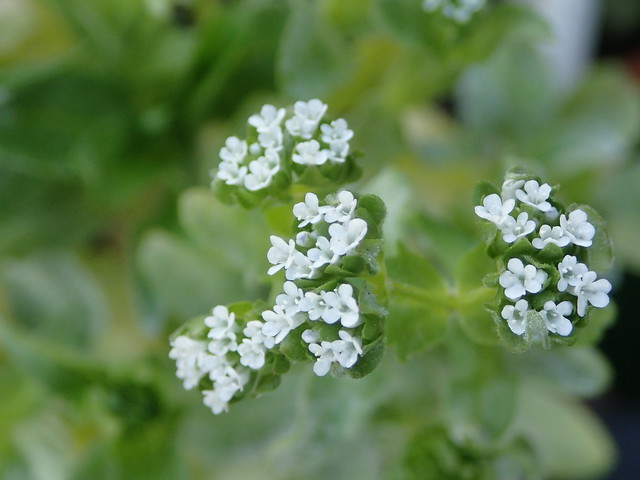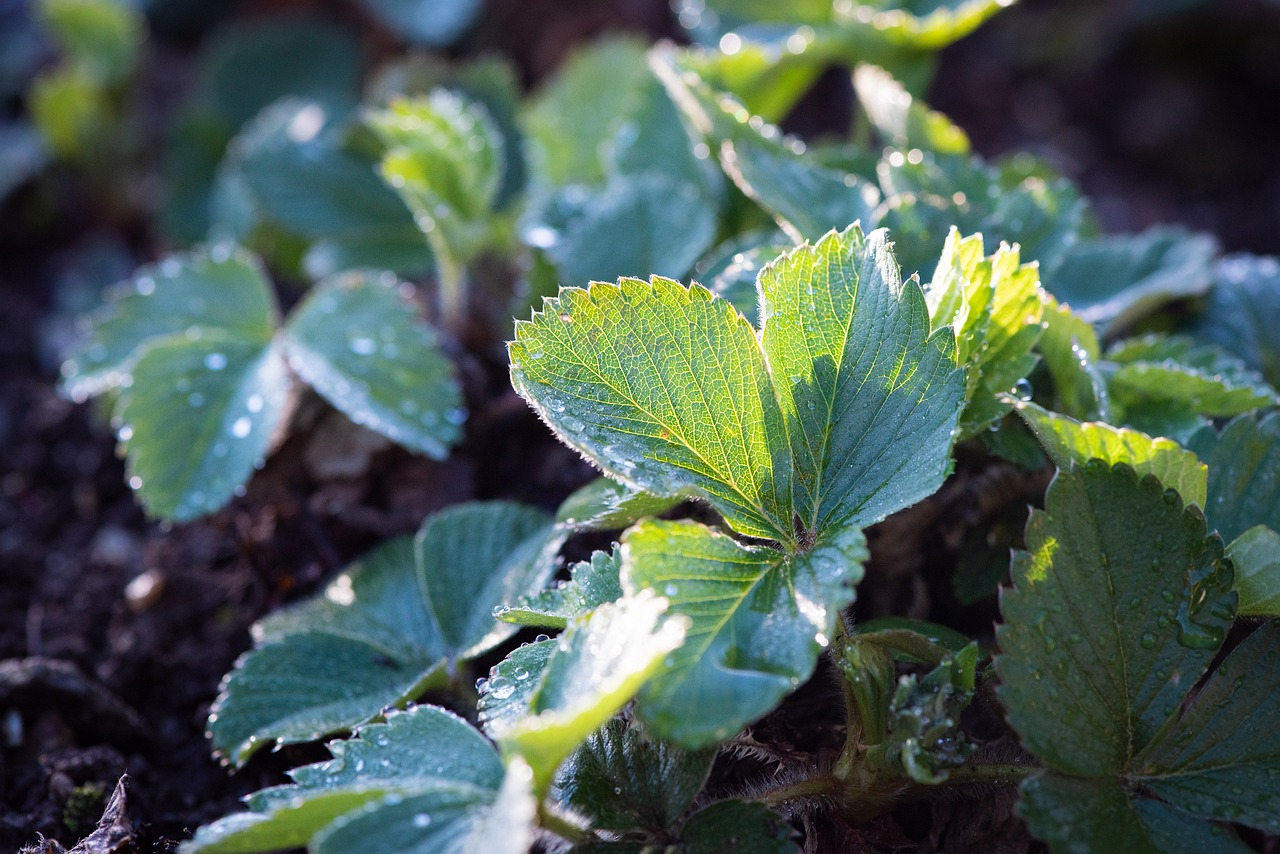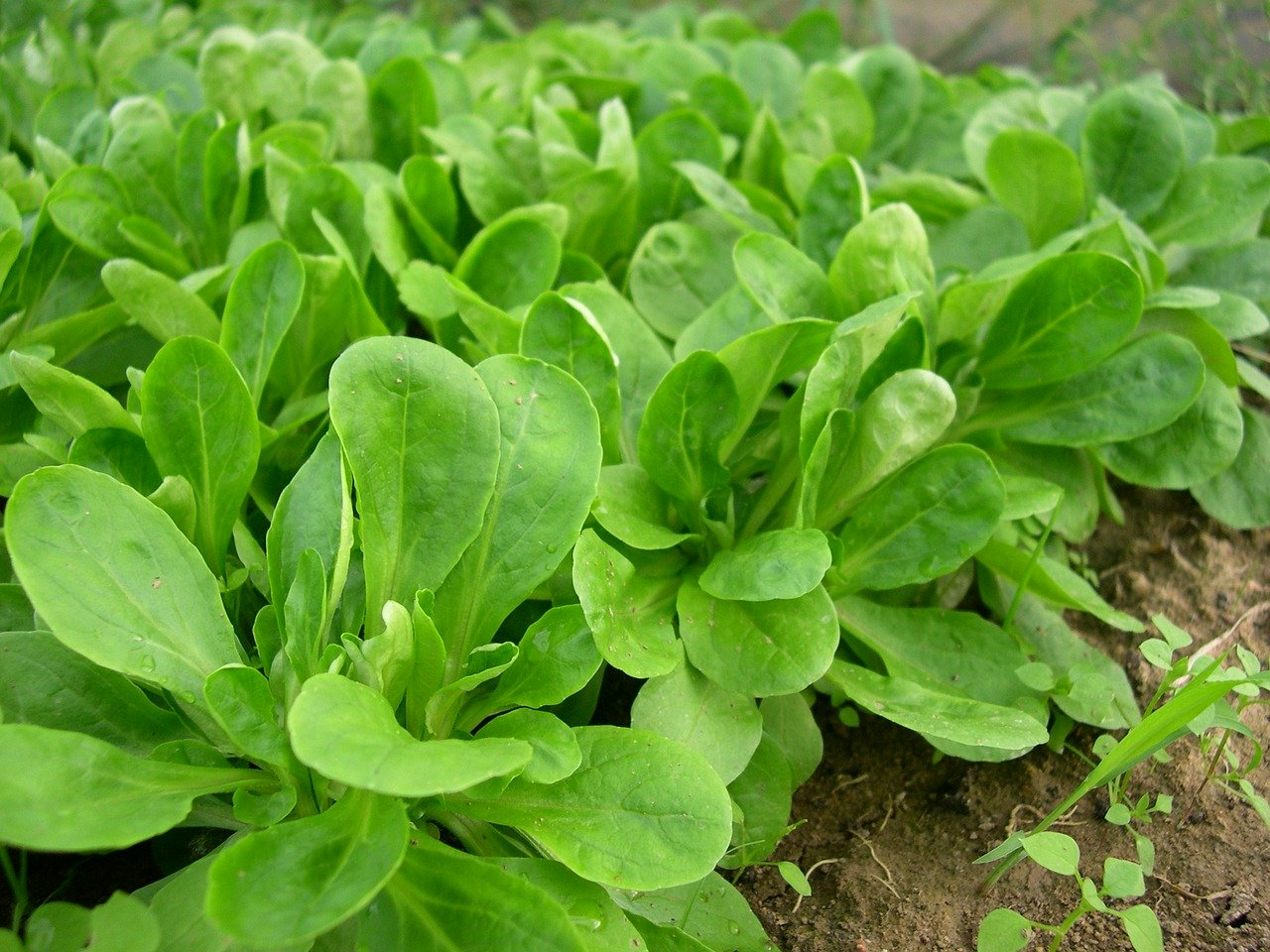Sowing, caring for harvesting lamb's lettuce
Why grow lamb's lettuce?
The annual, hardy plant is part of the valerian family and adds variety to your crop rotation. Its deep roots loosen the soil and enrich it with their remains. It also covers the soil over the winter, preventing erosion and promoting soil life.
The right location

- no special demands on the soil and thrives on almost all soils
- not very competitive, which is why the bed needs to be cleared of other weeds
- lamb's lettuce is a weak eater and therefore does not need many nutrients
Lamb's lettuce in a mixed culture

- Good neighbors: cauliflower, broccoli, Chinese cabbage, tomato, strawberry, fennel, spring onion, kale, raspberry, tuberous fennel, kohlrabi, head cabbage, leek, oregano, pak choi, palm cabbage, physalis, postelein, radish, rhubarb, marigold, Brussels sprouts, runner bean, savoy cabbage, onion
- Bad neighbors: lovage, sage, topinambur
Sowing lamb's lettuce

- from the end of July to mid-September
- germinates from as little as 5°C
- sowing depth: 0.5 - 1 cm, but dark germinators
- planting distance: 5 - 10 x 10 - 15 cm
- apply a layer of mulch to keep the seeds moist at all times
Caring for lamb's lettuce

- Regularly weed the weeds
- Keep freshly sown lamb's lettuce well moist for at least three weeks
- Protect the plants with a fleece over the winter
- Fertilizing is not necessary
Harvesting lamb's lettuce

- short cultivation period of 8 to 10 weeks
- harvest the rosettes with a smooth cut just above the ground
- you can harvest several times from the same plant
Titelbild von pflanzenlust auf Pixabay.
